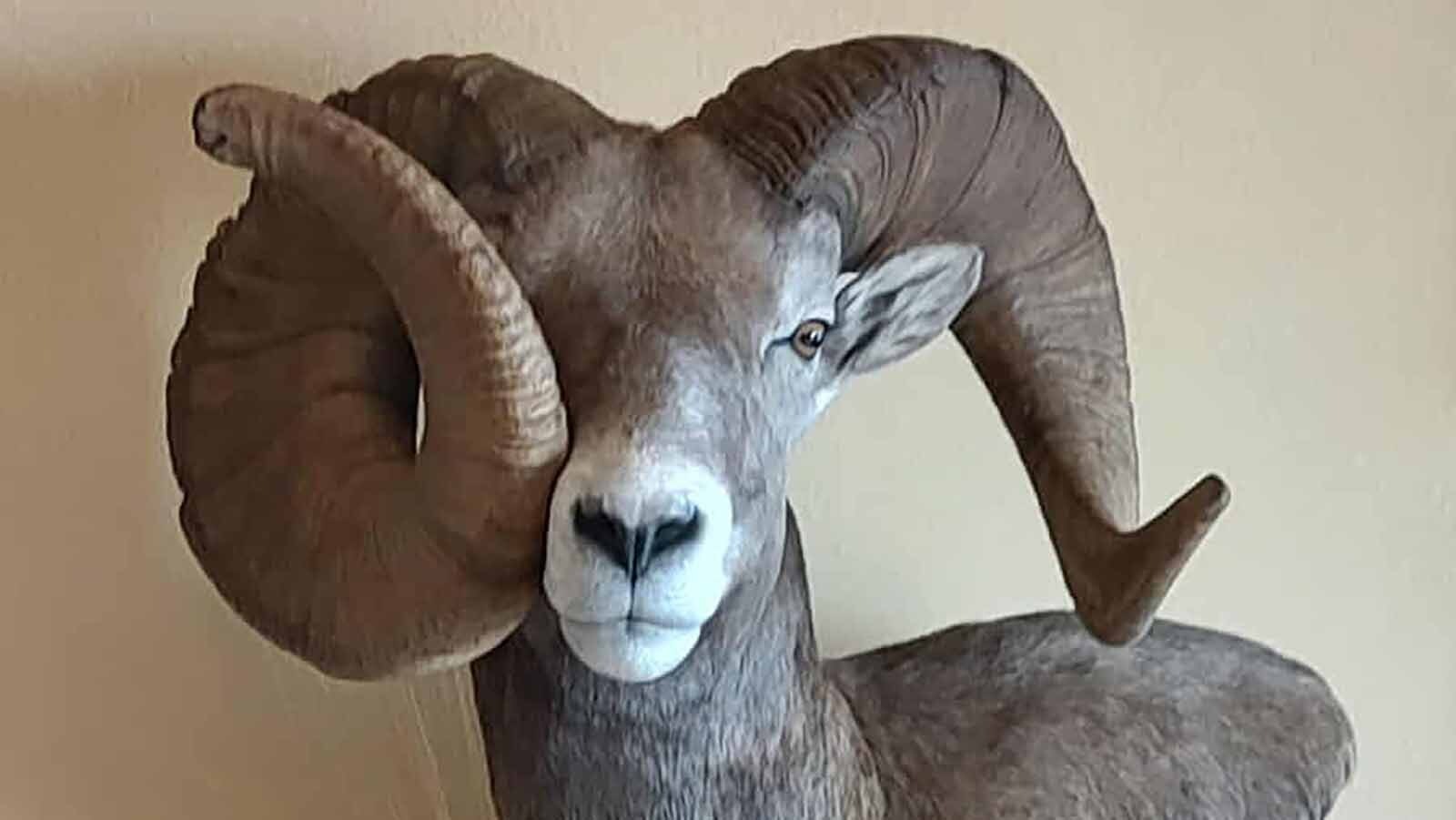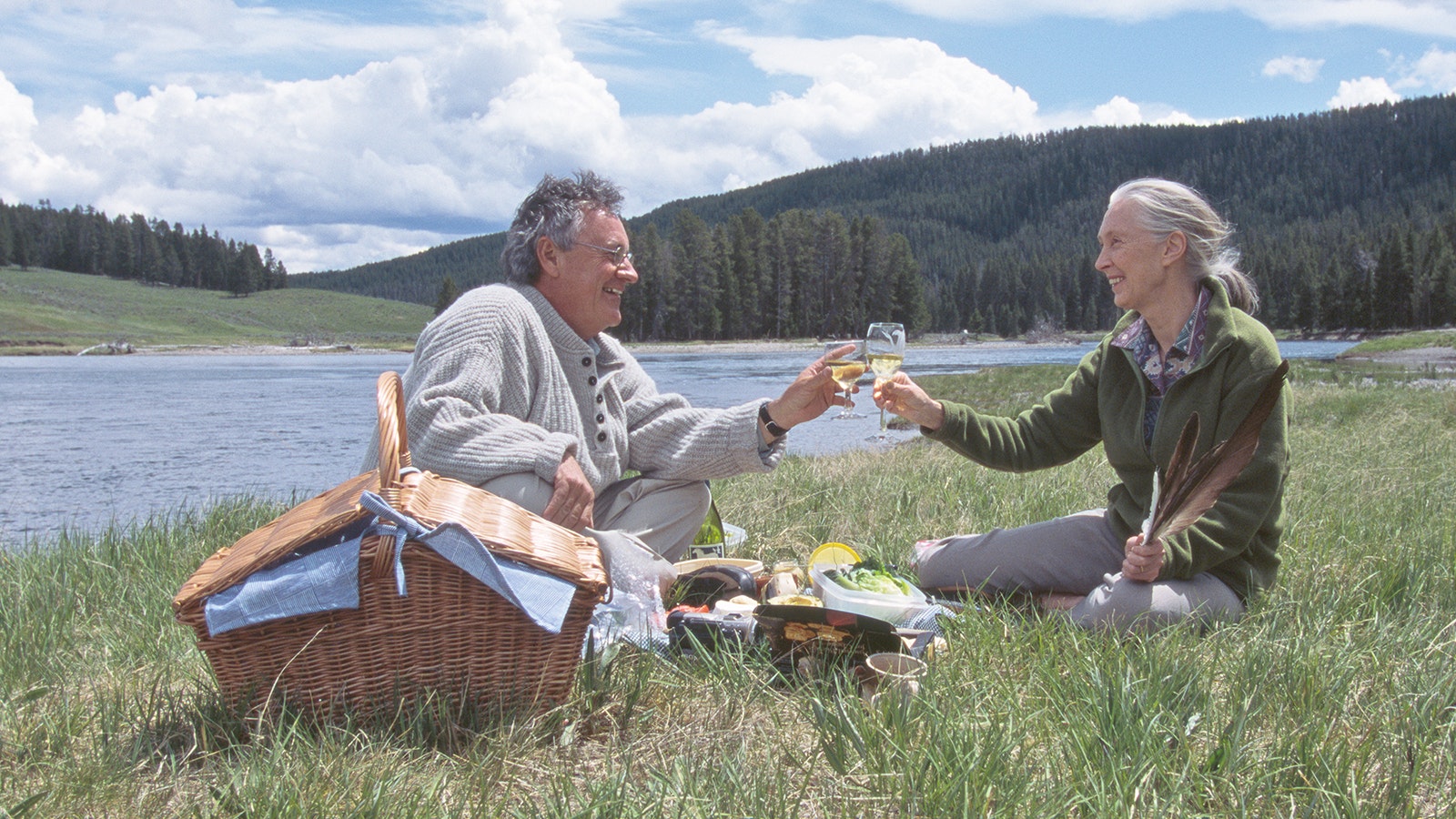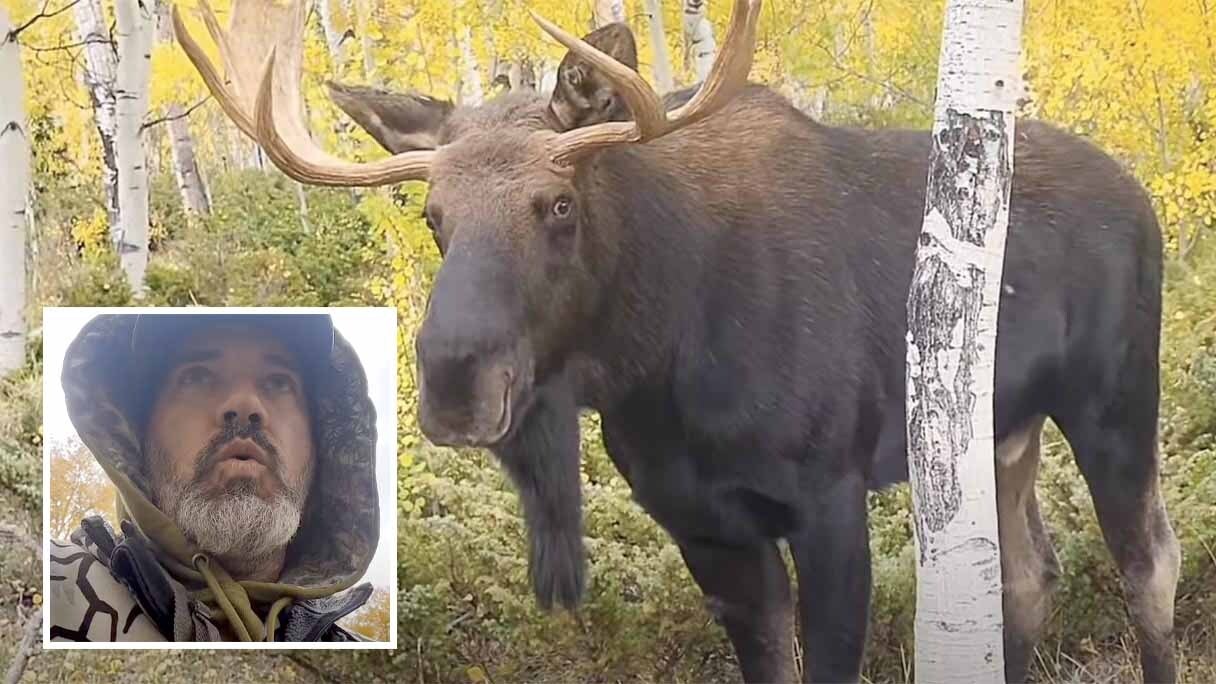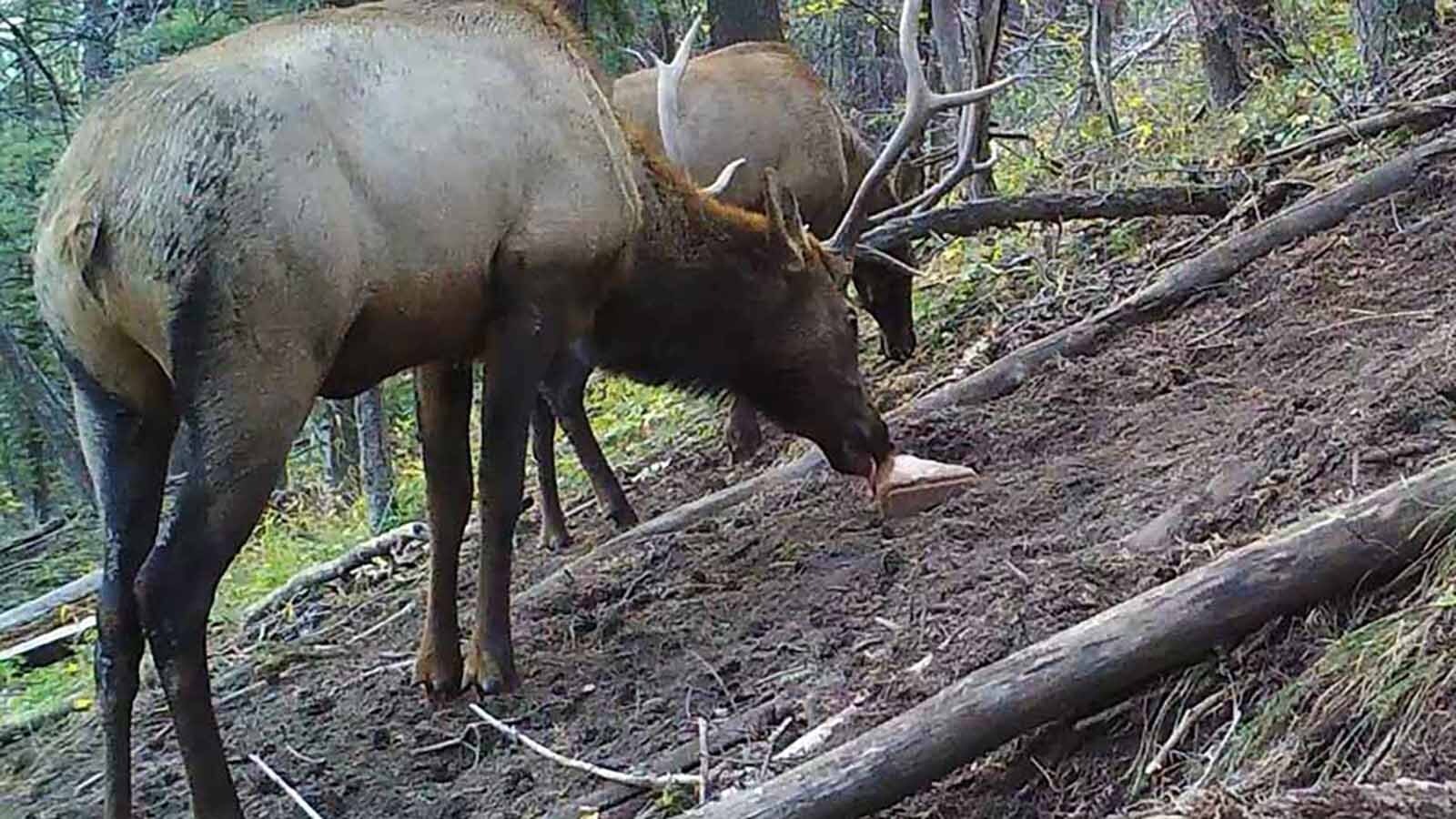Justin Lucht was working on the Moss Ranch near Lovell on Monday when he spotted one of the many bighorn sheep that frequent the foothills of the Bighorn Mountains. He calls them “one of the coolest sheep populations in the state.”
A bighorn ram that was grazing nearby had the trademark look of this population. A smaller horn stuck out at an angle, while the other was much larger, thicker, and had grown to the point that it was almost looped up to its right eye.
“We've got a really awesome population of nice, big rams that live there most of the year,” Lucht said. “I don't know if it's from an injury, or if there's a genetic thing that's making that horn curl right up against his nose, but it’s really neat.”
Several rams seen or harvested from this population have the same unique look, rather than the more symmetrical appearance to the horns of most bighorn rams.
What’s making this population so unique?

Weird Horn Bighorns
Anna Miller, the interim executive director for the National Bighorn Sheep Center in Dubois, said that most bighorn sheep rams tend to grow a set of impressive and symmetrical horns. However, there can be anomalies.
“Ram horns normally grow just in that normal curl, with the tip of the horn coming up near the eye,” she said. “But there are things in nature, like injuries or genetic mutations, that cause the horns to grow in different directions.”
Miller said a bad fall or head-butting-related injury can reroute a ram’s horn, causing it to grow differently. However, most unique horns are the result of genetic mutations.
There’s an excellent example on display at the National Bighorn Sheep Center. “T-Bone,” a bighorn ram that lived in the Whiskey Mountain herd in the 1990s, had horns that grew straight out, rather than curling around.
“When they started coming out of his head, they probably started to grow normally,” Miller said. “Somewhere along the line, there was an odd genetic mutation that caused both of his horns to grow straight out, so it looks like he has a ‘T’ on his head.”
Miller said T-Bone’s mutation was “one in three million.” He bred with multiple ewes during his life, but his progeny had regular ram horns.
“We have only seen this mutation one other time,” she said.
Injuries can also impact horn growth. Miller said she’s seen photos of rams that were “missing chunks of their horns, or missing the majority of one horn altogether,” which impacted the growth of the horn going forward.
The composition of the genetically mutated horns isn’t different from normal bighorn ram horns. They’re still bony, fluid-filled protrusions called ossicones, covered with a thick layer of gristle to absorb the impact of the violent headbutting that bighorn rams are known for.
Miller said horns are primarily used for dominance and display, with the occasional headbutting for breeding rights and defense. Mutated horns might look different, but they serve the same purpose.
“From what we know, most bighorn rams grow horns in that normal curled pattern,” she said. “Any differences are from genetic mutations or past injuries.”

Growing In Popularity?
Lucht has observed the bighorn sheep on the Moss Ranch for over 15 years, witnessing the fluctuations in their population over time. In 2025, they seem to be doing great.
“They’ve been working on the grass and the bighorn sheep population out here for a while,” he said. “We had a little bit of a sickness come through a few years ago that wiped some of them out, but they're building back and starting to repopulate again.”
A wave of pneumonia has been impacting the Devils Canyon Sheep Herd in the Bighorn Canyon National Recreation Area. In 2023, one outbreak killed 11 collared ewes in four weeks, an alarming number for a population of only 260 sheep.
Lucht is intrigued by the bighorn rams in the population because they seem to share the same unique horns. A ram taken on the Moss Ranch last year had similar horns to the one he spotted on Monday.
“They draw eight pegs for that area,” he said. “Four of them are full curl, and four of them are three-quarter curl. Somebody shot a ram within the last year, and it was just like the one I spotted yesterday. They’re really neat.”

Always Cool To See
After looking at photos of these bighorns, Miller agreed that there was something special about those horns.
“Those are very odd sheep,” she said. “What’s very interesting is that one of the horns has grown at an accelerated rate, while the other seems to have grown at a normal rate.”
Miller still attributed the unique horns to individual genetic mutations. Similar rams, with one horn that grows faster than the other, have been observed in populations in North Dakota.
“These types of genetic mutations are uncommon, but very cool to see,” she said.
Whatever’s causing these bighorn rams to grow unique horns in the Bighorns, it seems to be a popular look. No wonder Lucht considers the local bighorns to be the coolest in Wyoming.
“They're so used to us traveling that they let us get pretty darn close on horseback or in our machines,” he said. “We see them all the time, and they’re really fun.”
Andrew Rossi can be reached at arossi@cowboystatedaily.com.





